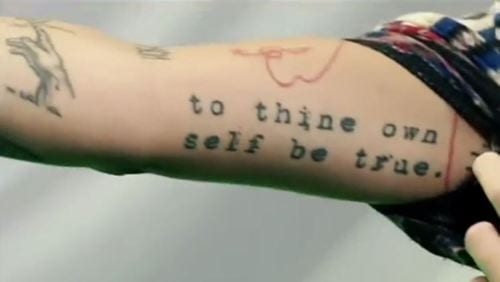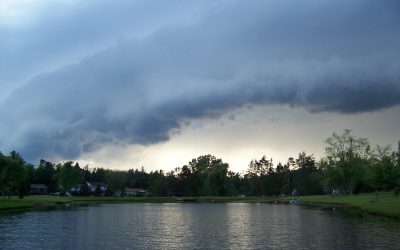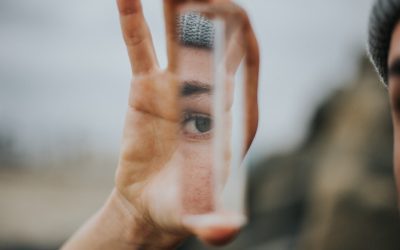It’s a famous quote from Hamlet. People have it tattooed on every conceivable part of their bodies (google images…). It’s on instagram, pinterest, facebook posts everyday. It’s stamped on planks of wood and hung on walls all over the world.
One website describes it as ‘a grounding statement for those who get caught up in the needs and feelings of others’.
It can be taken as meaning ‘Speak your mind. Stand up for what you believe. Say what you think. Act on what you are feeling. Don’t get drawn in to what is going on around you. Live your own values.’
And, as such, it is one of the worst guidelines imaginable for life.
Shakespeare did not intend us to take those words as the solemn maxim they have become. They are spoken in Hamlet by Polonius who was depicted as a wordy and self absorbed fool. The entire speech in which these words are delivered is meant to be ridiculous – humorous relief from the intensity of the drama.
And the maxim is ridiculous because this idea of self, of who we are changes all the time. What we believe changes. What we think changes. What we feel changes. What we want and value changes.
Everything that we believe about the self and everything we believe about the world, including how we perceive those ‘needs and feelings’ of others can change in seconds according to the state of mind in which we find ourselves.
Being true to all of this is like being true to a cloud pattern in the sky or a configuration of waves on the sea. One second it is there, the next, it has turned into something else altogether.
A director I worked with once believed she was being authentic and true to herself when she brought every changing mood to the office. Panicked and insecure she would hassle her team. Angry and defensive she would stamp around and shout down the phone. Gloomy and low she would hide herself away. Happy and at ease she would shower her team in praise and goodwill. She saw this as an asset.
It is ‘I think therefore I am my thinking’.
And it pins us in the biggest illusion of our life. It keeps us trapped, looking outwards to a view of the self and a view of the world as though these things are fixed, static and independent of our perception.
But if we look at that phrase again, if we use it as the prompt to sincerely ask ourselves ‘who am I really?’ ‘what is this self to be true to?’ it can take us to a level of understanding and insight that changes our existence forever.
Pythagorus said, ‘Man know thyself. Then thou shalt know the universe and God’. Let’s say what the hell and include Woman in this as well then let’s consider the truth of these words.
Our idea of self, our idea of the world can only ever exist in our mind. We can only experience self or other through the power of thought and consciousness. We can only know the universe in exactly the same way.
Who is it then that is doing this thinking? Who is having this experience? We are something other. We are the awareness of our thought and our experience.
‘I am aware that I think, therefore I cannot be my thoughts’.
As we come to the truth of our experience, we come to the truth of everything, because all of it exists through us.
And the strange thing is that the more we come to see that we have absolutely no idea who this self is, the more we seem to know when our life aligns deep down with who we really are. This alignment comes with a profound inner sense of truth and rightness. We know when we are being true to ourself and we know from the stress, tension and unease when we are not.
Moving into the truth of who we are and who we are not, we become supremely comfortable with the discomfort of insecure thinking. We know that it will change from one minute to the next, that it has no bearing or relevance to us whatsoever.
At the same time we begin to have less and less tolerance for anything that is false or made up or illusory because it jars so much with the truth into which we are expanding.
As we realise our unlimited potential to create anything – any self, any world, any universe, we simply cannot entertain our old limited views that try to tell us what we can and can’t do. In this expanded, boundary-less existence the path for us to follow is lit up like a runway.
What we believe about ourselves and the world becomes nothing more than a reason to wonder at a mind that sees obstacles and fault in one moment and opportunity and excellence in the next.
We discard the armour that we had long thought was necessary to protect and defend ourself, and we become who we were born to be. We relax into our truth. In the words of Marianne Williamson, “As we let our own lights shine, we unconsciously give other people permission to do the same. As we are liberated from our own fear, our presence automatically liberates others’.
As we move into the truth of who we are, we realise that everyone in our lives is a reflection of who we are. How much we love others is simply the mirror of how much we love ourselves. Any disconnect with others is revealed for the intolerable disconnect with self that it really is. One of the reasons of our life is to come back to this connection.
So, you see, the maxim, ‘To thine own self be true’ can take us in two opposite directions.
One takes us ever deeper into the illusion, stuck in an invented version of self that is insubstantial, untruthful and, ultimately, hard work.
The other takes us into the permanence, freedom, creativity of the truth of who we are.
Same words. Same tattoo. Same decorative plank of wood on the wall.
Two entirely different lives.
****





0 Comments